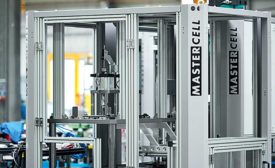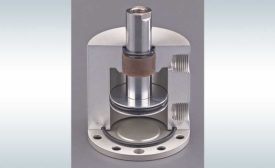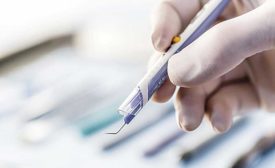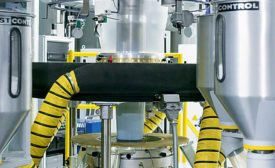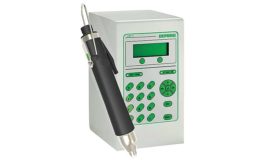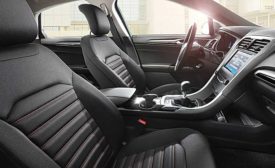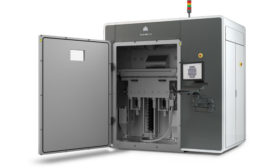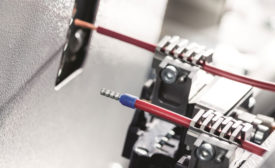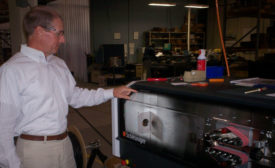Featured on Home Page
Standardized, preconfigured automated assembly cells can lower costs and reduce time to market.
Read More
Compact Pneumatic Cylinders Can Play Big Roles in Automation
Engineers have a wealth of options when choosing compact, short-stroke cylinders for their motion control applications.
February 3, 2017
How to Work With Medical Device Design Firms
Third-parties can help new products get to market faster.
February 2, 2017
High-tech motion control aids production of protective packaging
Ohio manufacturer relies on sophisticated motion control technology to produce high-quality protective packaging materials.
February 2, 2017
Driving Thread-Cutting and Thread-Forming Screws
With the proper torque, these fasteners create mating threads in the base material and generate adequate tightness in the joint.
February 2, 2017
Testing Challenges With Automotive Plastics
As automakers increase their use of plastic in vehicle interiors, scratch and mar testing is becoming more important.
February 2, 2017
Consolidated Part Assemblies
Consolidating complex parts assembled from many components into one 3D-printed design saves time and money.
February 1, 2017
Using Adhesives to Bond Plastics in the Appliance Industry
There are several reasons plastic materials are considered for integration into new designs.
February 1, 2017
Automatic Cut, Strip and Crimp Machines
Advanced servo technology ensures quick machine setup, precise wire processing and high production.
January 6, 2017
Wire Harness Manufacturer Produces Quality Products in the Heartland
Indiana-based ALTEX relies on error-proofing and industry standards to ensure quality harness assembly.
January 6, 2017
Never miss the latest news and trends driving the manufacturing industry
Stay in the know on the latest assembly trends.
JOIN TODAY!Copyright ©2024. All Rights Reserved BNP Media.
Design, CMS, Hosting & Web Development :: ePublishing
